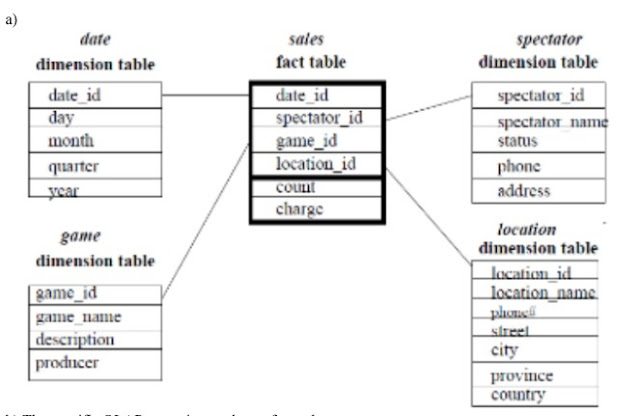What is Risk Management ? Explain risk Management process.
Risk Management
- Risk management is a process of identifying risks that might affect the project schedule or quality of the project/software being developed and taking action to avoid these risks.
- Risk management involves identifying and assessing major project risks to establish the probability that they will occur and the consequences for the project if that risk does arise.
Risk Management Process
The risk management process like other project-planning is an integrative process that continues throughout the project. The risk management process are:-
1)Risk Identification
2)Risk Analysis
3)Risk Planning
4)Risk Monitoring
1) Risk identification
- Risk identification involves brainstorming activities, it is the first stage of risk management. It concerned with discovering possible risks to the project and may be carried out as a team process using past experience. It also involves the preparation of a risk list.
- Brainstorming is a group discussion technique where all the stakeholders meet together. This technique produces new ideas and promotes creative thinking.
- To help the process, a checklist of different types of risks may be prepared. Preparation of risk list involves identification of risks that are occurring continuously in previous software projects.
- There are mainly six types of risk that can arise in the project. They are:- technology risk, people risk, organizational risk, tool risk, Requirement risk, etc...
2) Risk Analysis
- In this phase, all identified risks are considered, and make a judgment about problems causing risk in the project, identify the probability of occurrence of the risk and the impact of the risk.
- The probability of risks may be accessed as very low (<10%), low(10-25%), moderate(26-50%), high(51-75%) and very high(>75%). Risks are tabulated in order according to the seriousness of the risk.
3) Risk Planning
- Risk planning is the process of consideration of the key risks that have been identified and formulation of strategies to manage the risk.
- It is not a simple process; it depends on the judgment and experience of the project manager. the strategies to manage the risk are as follows:
a) Avoidance Strategies: This strategy tells that the probability that the risk will arise will be reduced. Example: The strategy for dealing with defective components.
b) Minimization Strategies: These strategies mean that the impact of the risk will be reduced.Example: Staff illness, Reorganize team so that there is more overlap of work and people, therefore, understand each other's job.
c) Contingency Plans: These strategies mean that you are prepared for the worst and have a strategy in place to deal with it.
4) Risk monitoring
- Risk monitoring means regularly assessing each of the identified risks to decide whether or not the risk is becoming more or less portable and whether the effect of the risk has changed.
- It should be a continuous process, and at every management progress review.




Comments
Post a Comment